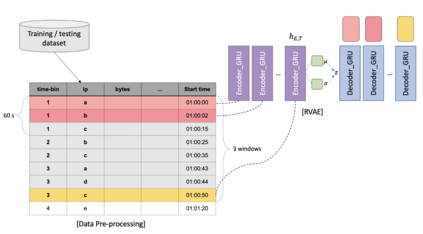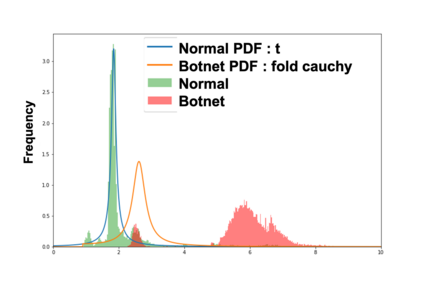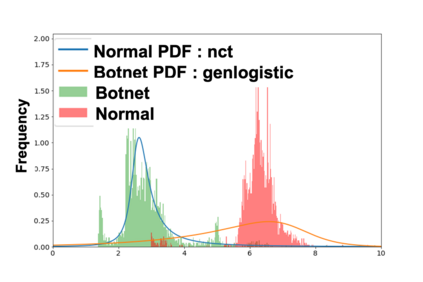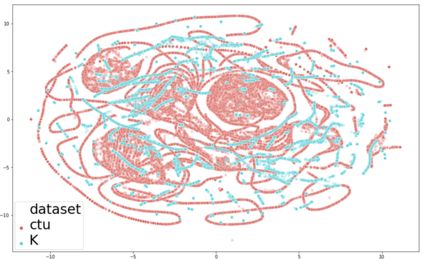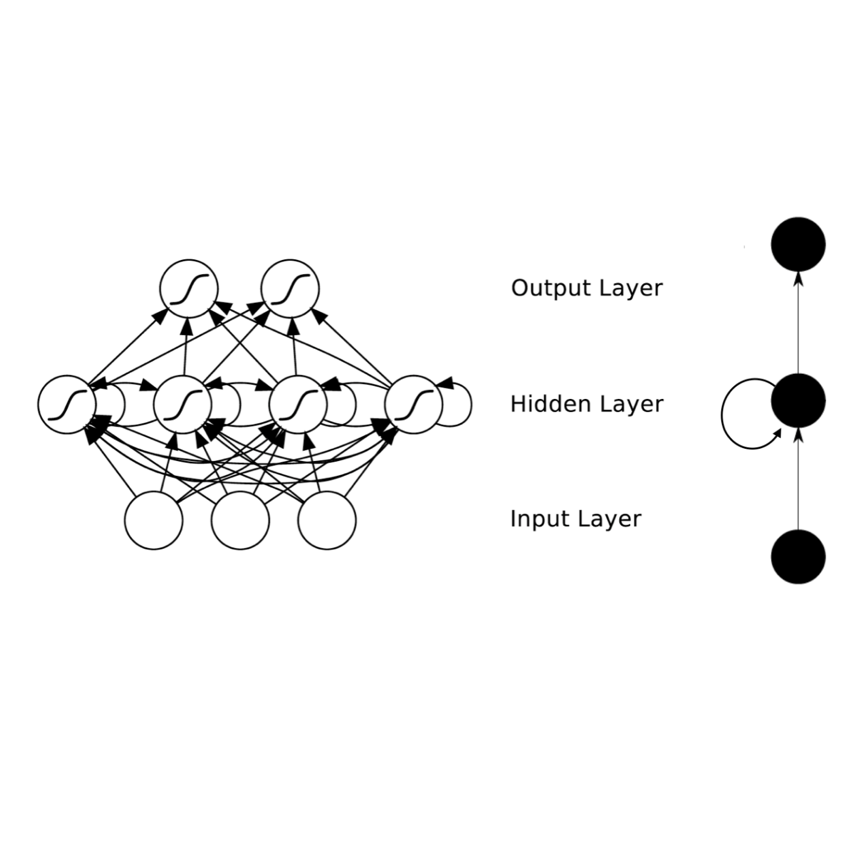Botnet detection is a critical step in stopping the spread of botnets and preventing malicious activities. However, reliable detection is still a challenging task, due to a wide variety of botnets involving ever-increasing types of devices and attack vectors. Recent approaches employing machine learning (ML) showed improved performance than earlier ones, but these ML- based approaches still have significant limitations. For example, most ML approaches can not incorporate sequential pattern analysis techniques key to detect some classes of botnets. Another common shortcoming of ML-based approaches is the need to retrain neural networks in order to detect the evolving botnets; however, the training process is time-consuming and requires significant efforts to label the training data. For fast-evolving botnets, it might take too long to create sufficient training samples before the botnets have changed again. To address these challenges, we propose a novel botnet detection method, built upon Recurrent Variational Autoencoder (RVAE) that effectively captures sequential characteristics of botnet activities. In the experiment, this semi-supervised learning method achieves better detection accuracy than similar learning methods, especially on hard to detect classes. Additionally, we devise a transfer learning framework to learn from a well-curated source data set and transfer the knowledge to a target problem domain not seen before. Tests show that the true-positive rate (TPR) with transfer learning is higher than the RVAE semi-supervised learning method trained using the target data set (91.8% vs. 68.3%).
翻译:植物网检测是阻止植物网扩散和防止恶意活动的关键一步。然而,可靠的检测仍然是一项艰巨的任务,因为有各种各样的植物网,涉及越来越多的设备和攻击矢量。最近采用机器学习的方法(ML)显示的性能比早期的要好,但这些以ML为基础的方法仍然有相当大的局限性。例如,大多数ML方法不能包含测出某些植物网类别的序列模式分析关键技术。以ML为基础的方法的另一个常见缺点是需要对神经网进行再培训,以探测不断演变的植物网;然而,培训过程耗时且需要大量的努力来标注培训数据。对于快速演进的植物网来说,可能需要花太长的时间来创建足够的培训样品,才能使这些植物网再次变换。例如,我们建议一种新颖的肉网检测方法,它以OVariational Autencoder(RVAE)为基础,有效地捕捉到植物网活动的顺序特征。在实验中,这个半精细的实验过程需要花费时间,需要花费大量的努力来标记培训数据数据。对于快速演化的肉网网,对于快速的学习方法来说,比我们所学的学习的学习方法要更精准地测的学习方法要好。


